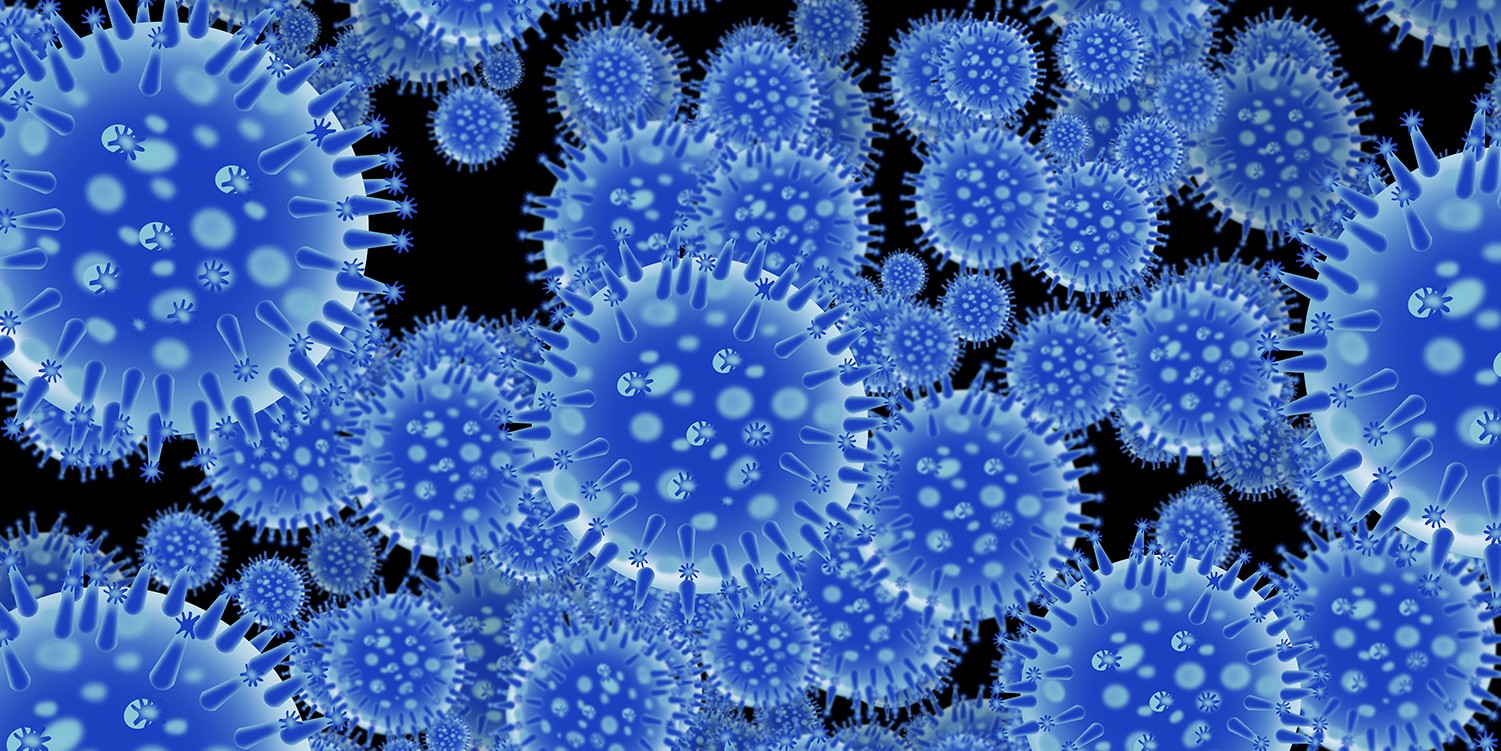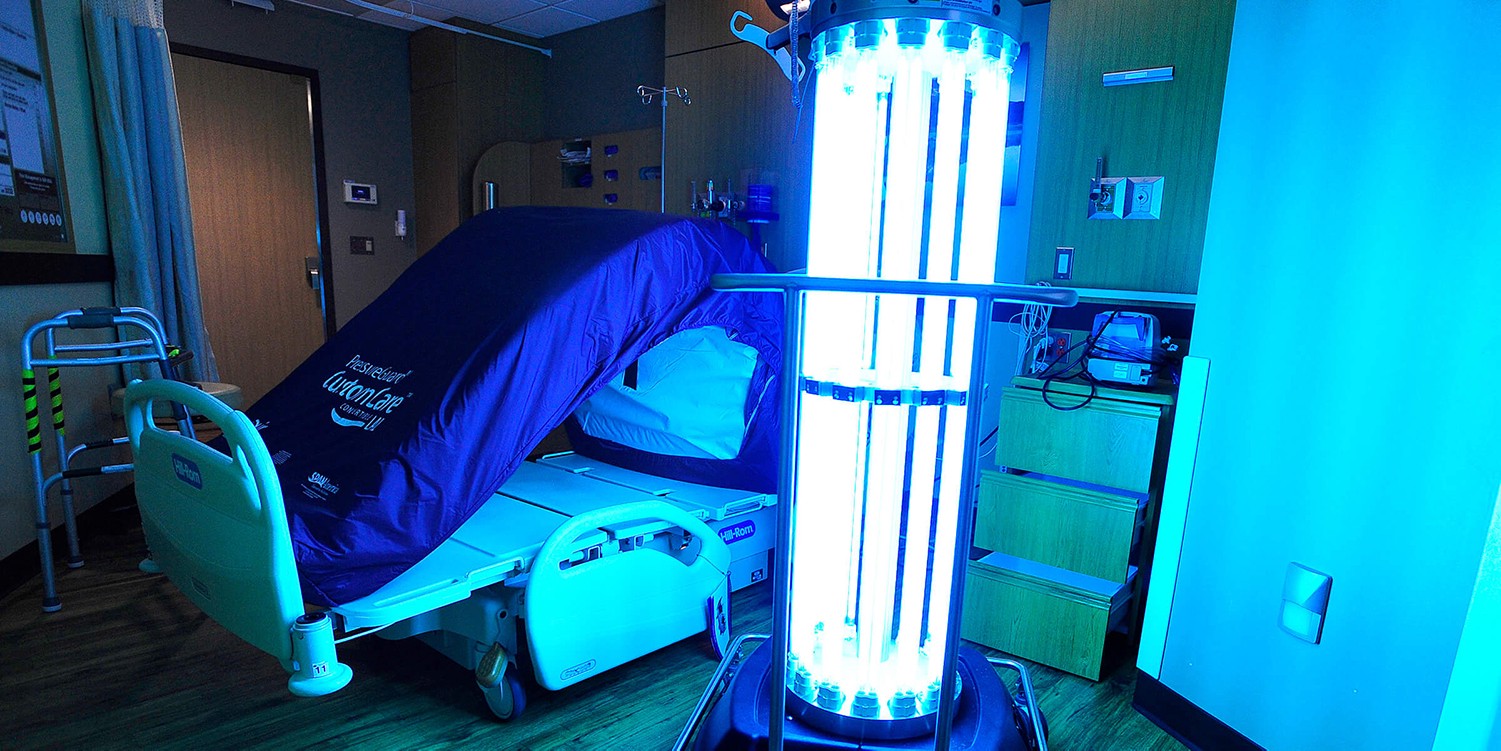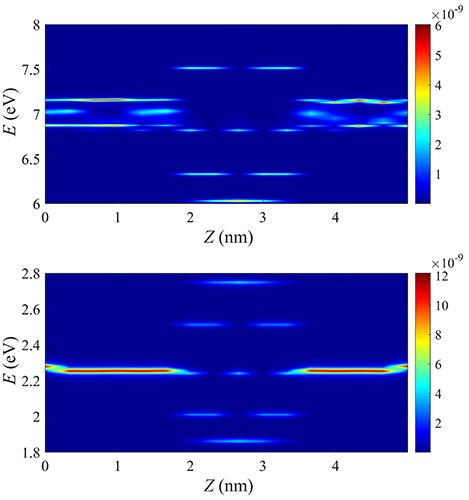Self-disinfecting 'supersurface' fights superbugs

Infectious disease is one of the many hazards of life on a planet with more than 7 billion people. It can’t be avoided, but one of the great advances in medicine has been the development of the antibiotic to treat infection. Now, overuse and misuse of this “supercure” has led to the superbugs — so-called “multi-resistive” germs that, under constant attack by antibiotics, have figured out ways to resist the drugs. At Purdue University, we think we’ve figured out a way to beat back antibiotic resistance in bugs.
Our solution kills any germs, bacteria, viruses, fungi and parasites with which it comes into contact. We used computational nanotechnology to design a prototype “sandwich” surface of boron-nitride-based material combinations that enables the efficient output of shortwave ultraviolet (UV-C) light. The result is ultra-thin, ultraviolet light-emitting diodes (LEDs) that can be incorporated as a coating onto surfaces, such as door handles, flooring, wall coverings, and toilet seats, where germs gather and get transferred.

UV-C light from lamps has already proved effective in medical settings in disinfecting surfaces, but that lamp light casts shadows where bacteria can still thrive. Our patent-pending technology kills the bacteria across the entire coated surface. When the germs absorb the light, it wreaks havoc on their DNA strings, rendering them inactive or unable to replicate themselves.
The obvious place for these coatings is in healthcare facilities, where germs spread easily, compliance with infection-prevention protocols may be inconsistent, and many patients are immune-compromised. In addition to reducing infection, self-disinfecting surfaces could help lower healthcare costs by lessening the risk of contagion and additional medical treatments.
The benefits to public health extend beyond hospitals and clinics. There are many places, such as schools, restrooms, and playgrounds, where surfaces get touched repeatedly. Food and agriculture stand to gain, as there is widespread consensus that antibiotic use should be reduced in livestock.
The World Health Organization (WHO) calls antibiotic resistance “one of the biggest threats to global health, food security, and development today.” The U.S. Centers for Disease Control and Prevention (CDC) says that each year in the U.S., at least 2 million people are infected with antibiotic-resistant bacteria, and at minimum 23,000 people die as a result. WHO believes that, worldwide, deaths from antibiotic resistance could top 10 million annually by 2050.

Alexander Fleming discovered penicillin, the first commercial antibiotic, in 1928. Used wisely, it and the various antibiotic variants are still very effective in the worldwide fight against infectious disease. Of course, there are also many things individuals can do on their own to prevent infection, from washing hands regularly to getting vaccinated and preparing foods hygienically.
But it’s a big, teeming world out there at the microbial level — clever germs are scrapping for their lives just like us, and their success can compromise ours. Self-disinfecting surfaces can be a big step forward in tackling the problem.
by Tillmann Kubis, Research Assistant Professor, Purdue University’s School of Electrical and Computer Engineering
